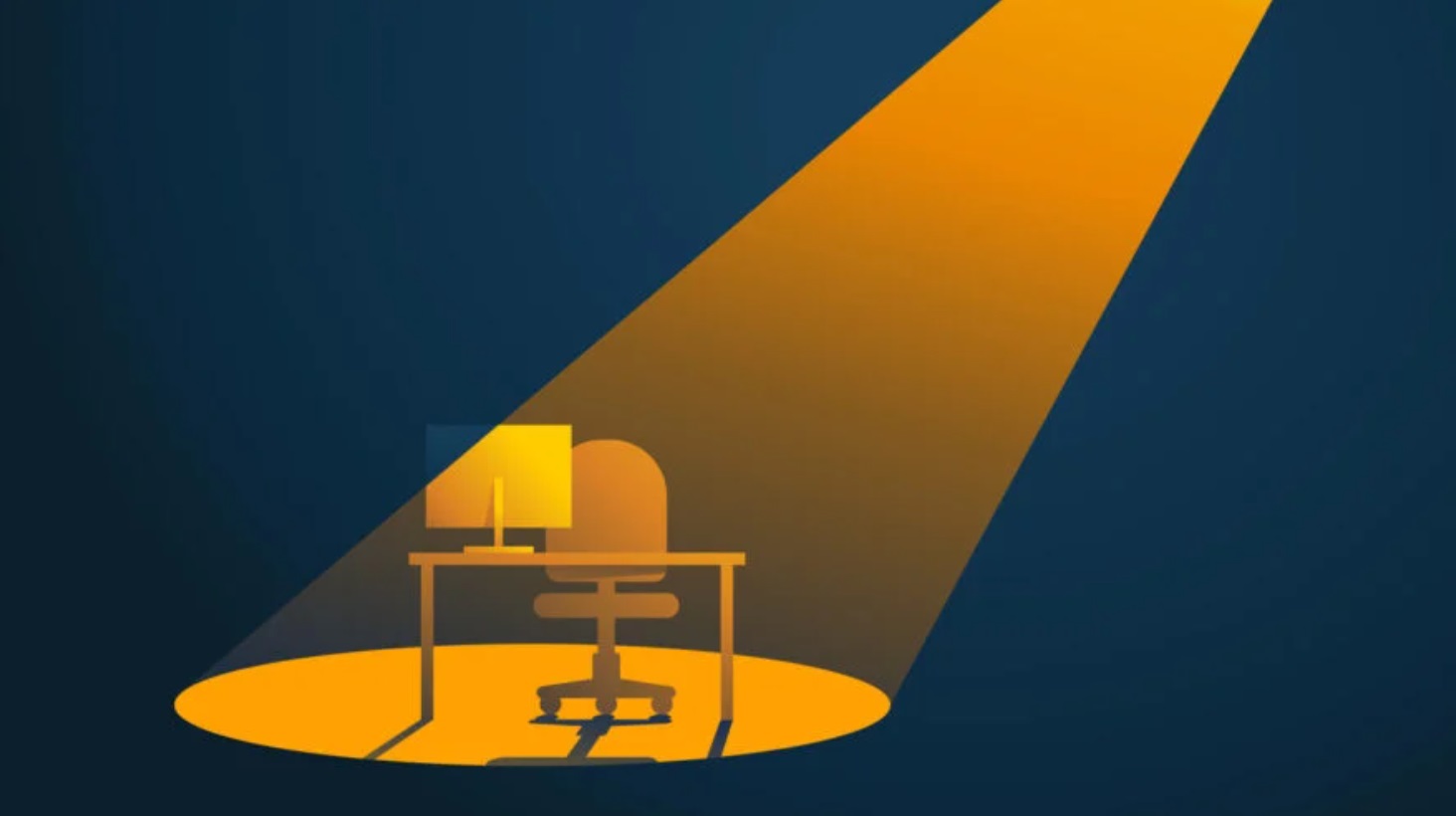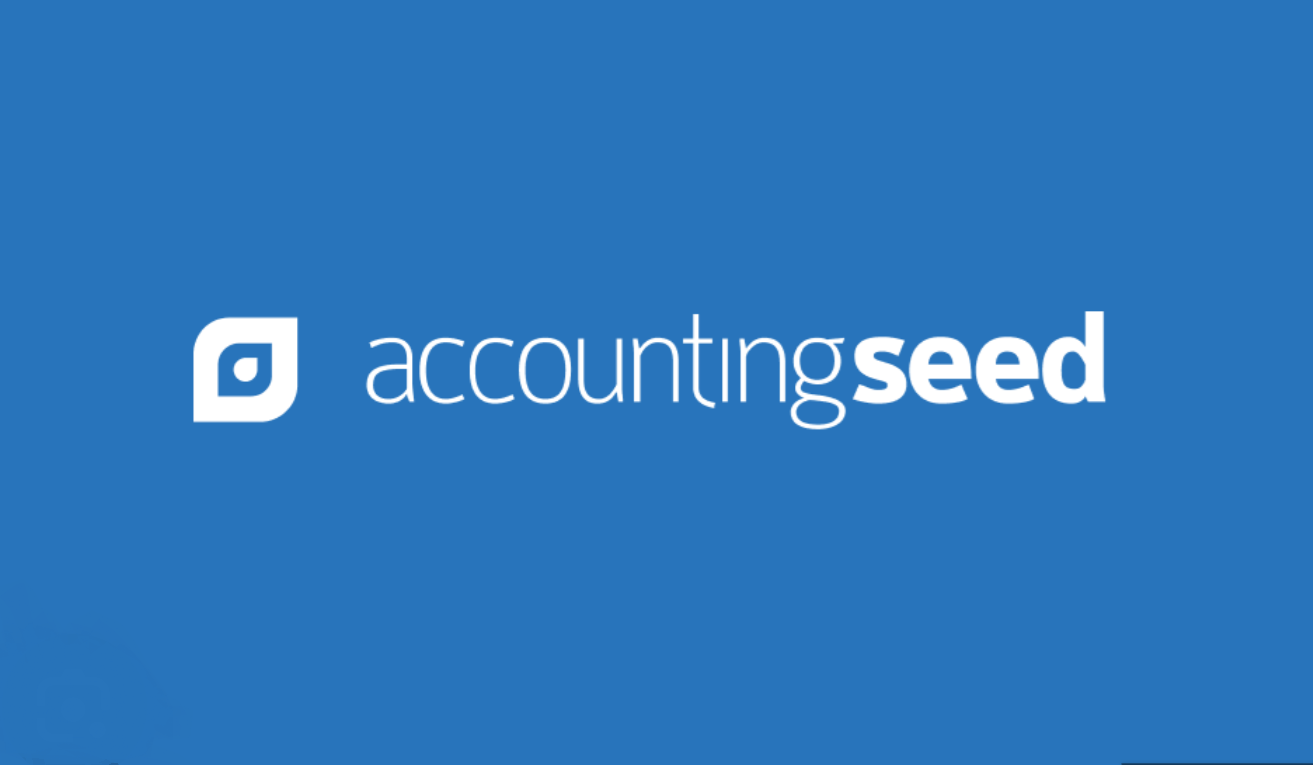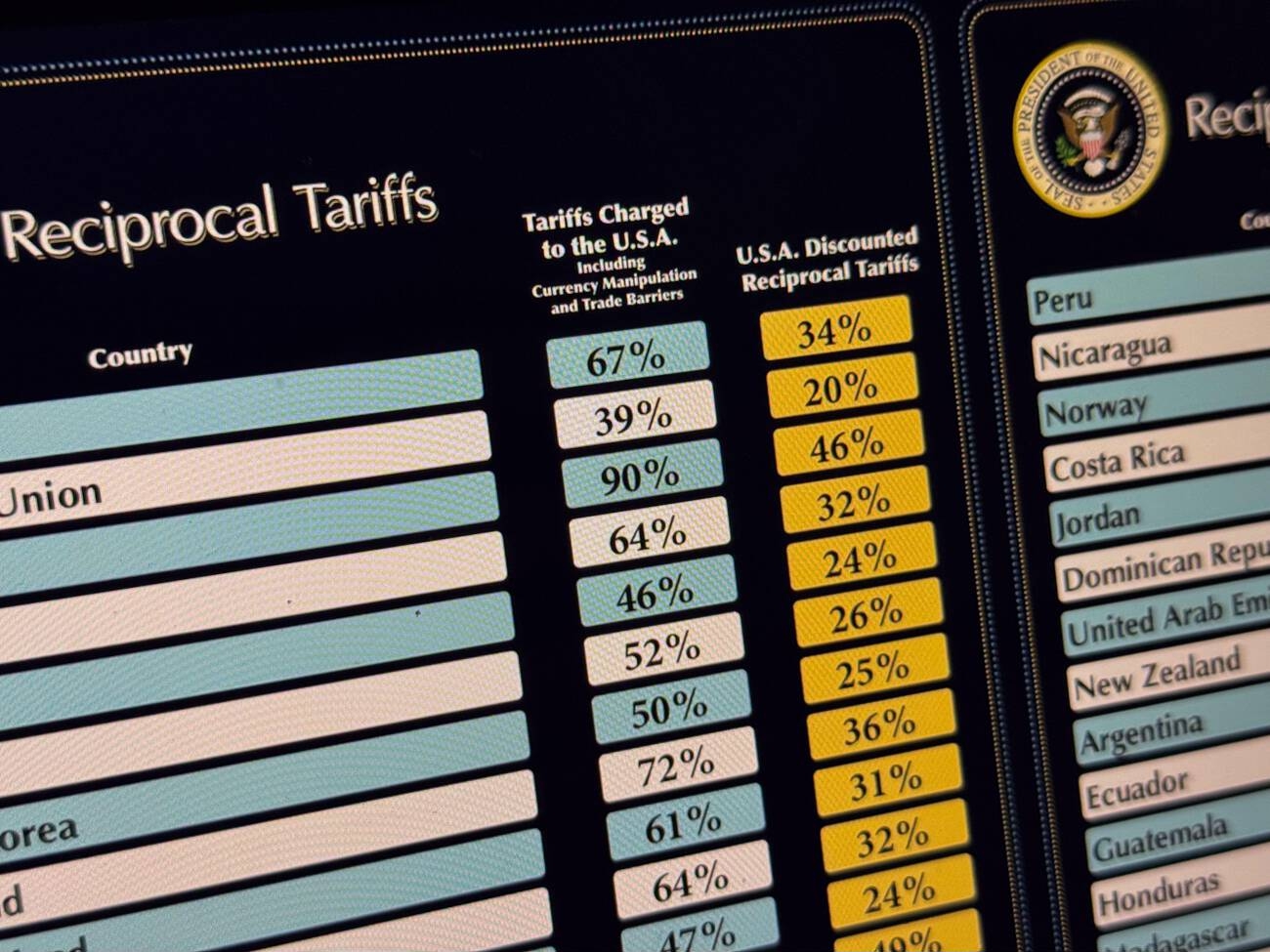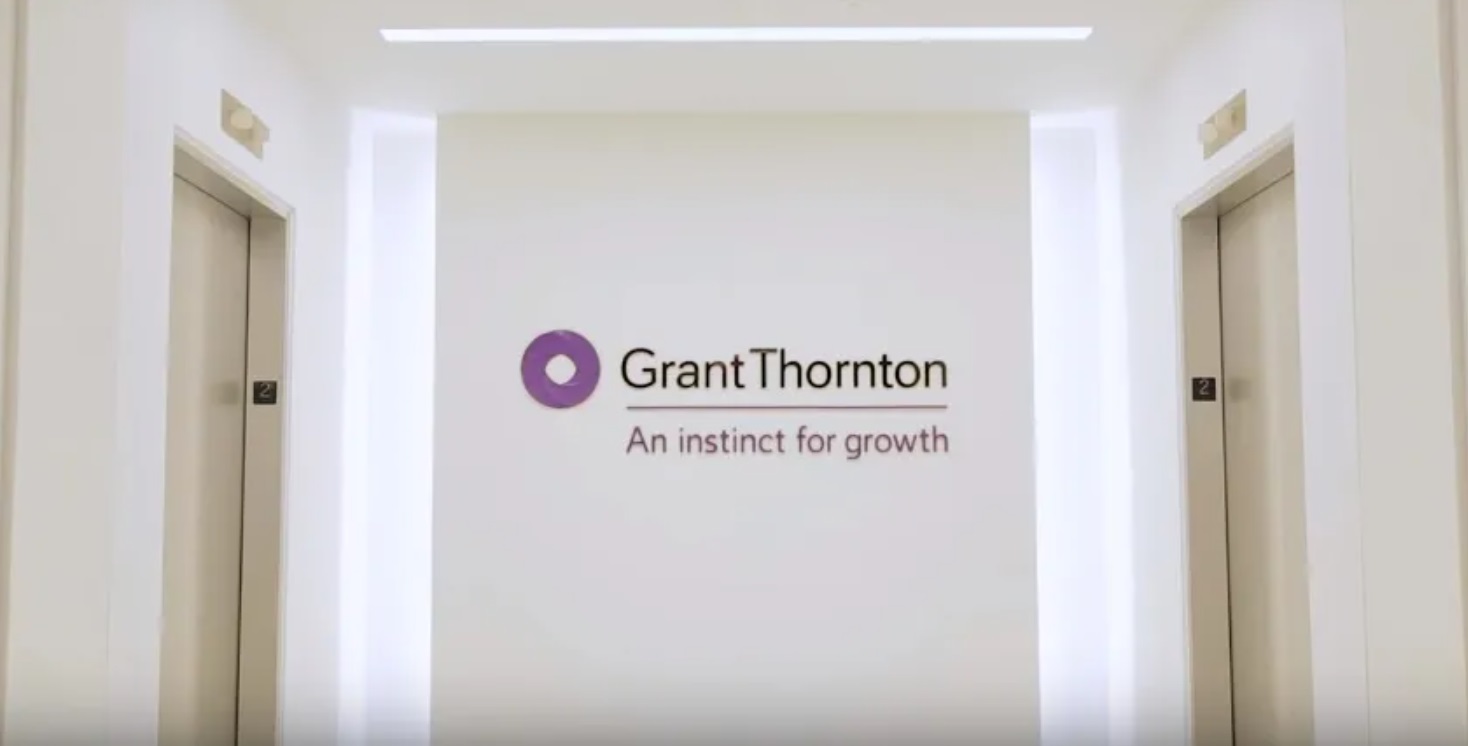As the accounting profession continues to grapple with a shortage of new CPAs and fewer accounting graduates, an independent national advisory group has published six draft recommendations in a new report on what the profession can do to restock its pipeline with young talent.
“The talent shortages of the past several years, coupled with strong demand for professional accountants, have created challenges throughout the profession. Yet today we can see the potential for meaningful change,” said the National Pipeline Advisory Group (NPAG), a 22-member panel comprised of mostly CPAs and other stakeholders in the accounting profession that was tasked by the AICPA last year to use a data-driven, highly collaborative, and inclusive approach to tackle issues that have led to declining numbers of accounting grads and CPA candidates. The group has conducted its research and deliberations independently, facilitated by ConvergenceCoaching LLC.
After formally presenting its six recommendations that address the accounting talent shortage at AICPA Council next week, NPAG will issue a final report in July that includes the results of its survey of students, employers, and other stakeholders in the profession.
“From the outset, our group made two commitments: We would hear as many voices as we could on solutions to the talent shortage, and we would be data-driven and focused,” Lexy Kessler, Mid-Atlantic regional leader for top 30 firm Aprio and chair of NPAG, said in a media release. “These recommendations are an outcome of that broad and deep focus. Our next step is to share this information with the profession at large. To be successful, we’ll need a coordinated effort from across the accounting spectrum, one that reflects urgency and shared purpose.”
Based on the results of its survey and input from profession thought leaders, here are the six draft recommendations from NPAG on how the accounting talent pipeline can be replenished:
Address the time and cost of education
There has been much debate in certain corners of the accounting profession lately about whether the 150-hour rule for CPA licensure has contributed to the pipeline of accountants drying up in recent years—that and the subpar starting pay in public accounting and the long hours required to work, especially during busy season. Because CPA candidates must complete 150 semester credit hours of education—30 credits beyond the typical 120 credit hours earned in a four-year undergraduate degree—many CPAs end up spending five years in college instead of four.
In what may be the first real signs of an understanding between old-school proponents of the current college education requirements for CPA licensure and those calling for alternate pathways for becoming a CPA (like in Minnesota and Texas), NPAG outlined three concepts that build on each other and shift direction toward measuring competency versus just academic experience.
The group stresses that the second and third concepts “would require an intentional and coordinated approach to manage potential disruption to CPA practice mobility,” an interwoven system of state laws that allow CPAs to practice outside their home jurisdiction without having to apply for additional licenses or face additional administrative burdens or fees.
The three concepts NPAG recommends are:
1. Experiential learning that offers an opportunity to earn college credits through an accredited college or university: This is currently happening under several different models, including at Tulane University, Seton Hall University, Saint Peter’s University, and Rider University, among others, and could be expanded nationally, NPAG says.
“The students are working through the universities and accounting firms to be able to get structured experience, so to speak, that fulfills the criteria with the right oversight and allows the credits to be on a transcript for the college,” Kessler told CPA Practice Advisor in an interview.
“This is something we believe can be amplified and doesn’t impact CPA practice mobility which we’re really trying to preserve,” added Sue Coffey, CEO of public accounting for the AICPA and an NPAG member.
2. A near-term model of experiential learning off the transcript, most likely delivered by the employer or a third party: “The second level is, how can we get it off the college transcript and even take more cost out of the system for the individual and the firm?” Coffey told CPA Practice Advisor. “How would you administer a program outside of the university setting? Would you need to have state board of accountancy involvement? Would you need to have administration through some other organization to get cost out of the system?”
Kessler said this near-term model wouldn’t be like an internship but “much more structured because we still need to have that oversight, that they are still meeting the standards of the education needed to perform as a CPA if they are going to sit for the license. There needs to be some type of rubric or structure to that.”
3. Create a competency-based licensure model that is neither based on university credit hours nor experience time, although both are likely to contribute in some way: This model would help measure mastery and readiness instead of time in school or time on the job, NPAG says.
“The long-term stage is going to encompass looking much more toward competency, focusing on not the input of what you did to get there but the output of what you do know,” Kessler said. “This still needs some hammering out but it’s the concept—as we were talking and getting the research from over 10,000 people from across the U.S. and in all 50 states through our surveys, through our focus groups, through the forums we’ve had, through the conversations, through the meetings with different state CPA societies, from regulators, and from academia—of a longer-term plan that we need to be working toward. But in the meantime, we can continue doing this first phase, and in the near term, we can be doing the next phase which comes off transcript and be working toward that, all while being very focused and hopefully keep CPA mobility intact as we work through this.”
The report states that all three concepts would still require passage of the CPA exam, just as the current process does, and the existing pathways would remain—CPA candidates and employers could choose which approach works best for them.
“We want to be clear that we very much value education. It makes people better, more well-rounded professionals when they go through that process. So NPAG is not recommending getting rid of education by any means,” Kessler said. “It’s really trying to find a hybrid that will adapt better and evolve the CPA license to where the market is going, to where our business world is going, so we can be more nimble and adapt to changes more easily. The CPA exam will absolutely still be there, and it’s critical that the markets understand what we’re doing and there’s a public trust in protecting that as we go through this process.”
In response to NPAG’s immediate, near-term, and longer-term concepts regarding the CPA licensure process, the AICPA said in a statement on Tuesday, “While expanding approaches to CPA licensure alone will not solve the accounting talent problem, we believe our licensure process does need to acknowledge changing market conditions, address the need for a wider and more diverse group of recruits, and shift to drive new generations of qualified professionals who can take on the growing challenges of a complex marketplace.
“At the same time, the AICPA & CIMA’s board of directors continues to urge diligence to minimize any impact on CPA mobility,” the AICPA added. “Minimizing or eliminating those disruptions is key, and a nationally coordinated and cohesive plan on licensure changes represents the best path forward to achieve that goal. Unilateral actions by states will be highly disruptive to CPAs and the businesses who engage or hire them and should be avoided.”
Make the academic experience more engaging
In its report, NPAG says it endorses ongoing efforts led by the academic community to retool introductory university courses with best-in-class resources, technology, and training for educators. NPAG also makes the following recommendations:
- Consideration of what is taught in Principles of Accounting courses and when. Reviewing the pacing and topical areas would help ensure that these courses provide students who have yet to declare their major with a sense of the prestige, flexibility, and purpose a career in accounting can deliver, along with lifetime earning potential.
- Ensuring that accounting programs are positioned to help guide and support students as they progress into more challenging coursework. To build a stable talent base, accounting can’t be among the majors known for high attrition rates.
- Ample mentors, champions, and visiting practitioners engage in the classroom.
- Harnessing technology to bring the accounting material to life in different ways.
Enhance the employee experience by evolving business models and cultures
Reversing the long-term accounting enrollment trends depends on the creation of a more attractive employee experience, including starting salaries that are competitive with other majors and professions vying for top talent, the report states.
In a comparison of accounting starting salaries with other professions with which accounting is competing for talent, accounting is at the bottom, the report shows, “and we’re not even matching inflation,” Coffey said.
“Hopefully getting this information out will be a wake-up call for leaders of finance departments and leaders of firms to realize that they really need to do more to get their fair share in the fight for talent because the population is not increasing, if anything it’s decreasing,” she said.
NPAG also says employers need to continue their efforts to make workloads more manageable, tasks more interesting, and advancement opportunities clearer.
“We surveyed students directly because we wanted to hear from them. It’s validating what the students think,” Kessler added. “There’s a gap that’s there, and we need to close that gap between the employer and the employee. That’s just a reality.”
Prioritize strategies to expand access for the underrepresented at every stage
It’s critical the accounting profession reflect the demographic makeup of the U.S., NPAG says in the report. Getting there will take building interest in accounting careers among underrepresented populations through:
- Targeted messages;
- Scalable college-bound experiential programs; and
- Closer relationships among the profession and community colleges, four-year colleges, and universities with high minority and underserved populations.
Grow support for CPA exam candidates
Among the recommendations made by NPAG are: addressing the cost of the exam, simplifying the application and eligibility process, and reworking the content and/or format of the exam itself.
According to students surveyed, the No. 1 hurdle for CPA candidates before taking the exam is not having enough time to study, Coffey said.
“Life gets in the way, their job gets in the way, their families get in the way, their friends get in the way. So they need to be given the time; they need to be given support,” she added. “So we’re recommending that firms give them the time to study via paid time off and that they pay for the cost of the exam and review courses in advance.”
Another recommendation: Firms should reward their professionals for passing each part of the exam.
“One of the most popular things—not surprising—when we surveyed students was they want to be recognized when they pass certain sections of the exam,” Coffey said. “Not just when they pass all four parts, but when they pass the auditing section, for example, reward them for that.”
Another popular suggestion that came out of the survey, according to Coffey, was allowing students to take parts of the exam earlier as they complete their course of study.
“If I take an auditing class my junior year, why can’t I take the auditing section of the exam right after I’m done with that class? It’s fresh in my mind so I can pass it and then I’m motivated to go on to part two,” said Coffey, who added once the AICPA assesses how the new CPA exam introduced this year is doing, it can look at possibly making modifications.
Tell a more compelling story
The image of being a professional in public accounting is one of working long hours for subpar pay. Right now, the accounting profession doesn’t do a great job of telling the story about the breadth and depth and the opportunity that being a professional accountant—not even just a CPA but a professional accountant— can do for you, Coffey said. And that needs to change.
“The profession as a whole really needs to own this,” Coffey said. “Accounting is the language of business, so we have a great story to tell, but we need an even better story to tell.”
In its report, NPAG urges the profession to take the Pipeline Pledge—making a commitment to give more of their time to encourage students and/or nurture new employees.
“We are asking every CPA to take the Pipeline Pledge and commit to participating in two pipeline growth activities of their choosing annually, and we will provide a bunch of suggestions that they can use” Coffey said. “I think there’s a great opportunity for state CPA societies to lead in this initiative in gathering the CPAs in their state to start to do this. We really do hope this is something the profession can rally around because this is our image, and we need to do a better job [of shifting that narrative].”
Thanks for reading CPA Practice Advisor!
Subscribe Already registered? Log In
Need more information? Read the FAQs




